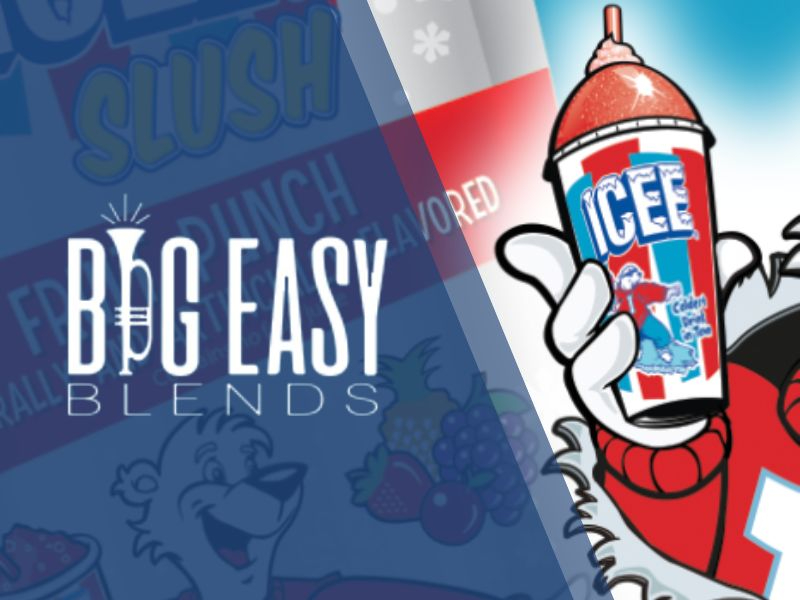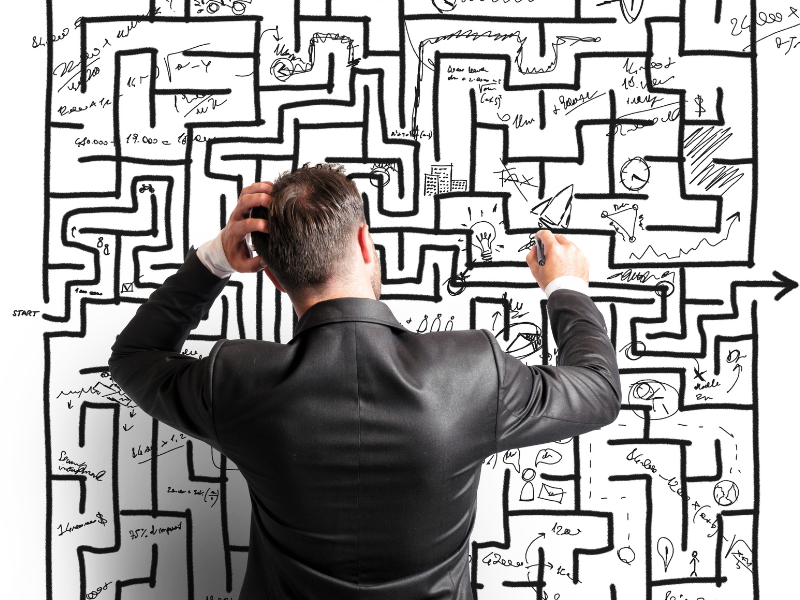7 Tips for a Winning Sustainable Packaging Strategy | Coffee Packaging Trends
By Danielle Ohl on January 25, 2022

Sustainable packaging is here to stay.
Consumer demand, social movements, regulatory compliance, and economic challenges have brought sustainability initiatives to the mainstream.
A proper sustainable packaging strategy is not one and done. It must be ongoing, periodically evaluated, and continuously improved. There is no single magic solution for environmentally sustainable packaging; successful strategies are holistic combinations that merge many different initiatives.
Here are 6 winning tactics to consider when creating or updating your brand's sustainable packaging strategy:
1. Design your packaging to encourage single-serving consumption.
It may seem counterintuitive to offer single-serving package formats as a sustainable solution. After all, they can create more packaging material waste than a large bulk container. But Greener Package explains that while bulk packaging may seem at first glance to be a more environmentally responsible solution, single-serving snack packaging results in less food waste. Here's why that's important for sustainability:
Nearly 33% of all food produced is wasted, and in industrialized countries, food loss occurs at the retail and consumer levels 40% of the time. These kinds of numbers are the hallmark of an inefficient system. Not only does food waste increase food scarcity worldwide, but it means that the resources used to grow, harvest, process, package, transport, and sell the products have been wasted as well.
Sustainable packaging should be designed to reduce food waste, and snack-sized packages help achieve that goal. As an example, packaging peanut butter in a single serving packet encourages complete product evacuation and use in a single sitting, resulting in maximized product consumption and decreased food waste. That brings us to our next point:
2. Design your packaging to encourage 100% product evacuation.
Consumers feel guilty about wasting product. They also feel cheated when they can’t "get their money’s worth" due to unavoidable product waste. Additionally, according to Beauty Packaging, 27% of people who live with their significant other report fighting over how much (or how little) effort to expend to get every last bit of product out of a package! These issues can encourage negative brand perceptions.
You can solve this problem for your customers (and maybe save a relationship) by offering packaging that encourages 100% product evacuation. For example, innovative solutions like the STANDCAP pouch have been changing the game for brands that offer liquid, gel, and paste products by offering a flexible, controlled-dispensing, attractive package that allows consumers to access virtually 100% of the product.
3. Partner with packaging suppliers that share your goals.
It's no secret that the packaging industry creates waste. Everyone from packaging material suppliers to packing equipment manufacturers should be part of the solution to find more sustainable ways to do business.
So when you are researching packaging-related partners, make this one of your top questions during the vetting process: "What is your company doing to contribute to a sustainable future?" From offering eco-friendly packaging materials to printing with plant-based inks to powering their facilities with renewable energy, the packaging industry should be taking active measures to reduce their carbon footprint. Hold them to it.
4. Assess your packaging from a lifecycle standpoint.
It’s no longer enough to just offer green or recyclable packaging and call it a day. To truly make a difference and prove to your customers that you are serious about sustainability, you need to examine the entire lifecycle of your packaging’s impact on the environment. Using commercially available Life Cycle Assessment (LCA) programs, a company can evaluate the sustainability of their packaging design from cradle to grave.
The Flexible Packaging Association did an LCA case study for a company that wanted to compare the sustainability factors of flexible bags vs. steel cans for coffee packaging. The results were quite revealing! The steel can was found to use 16 times as much water as the stand up flexible pouch, mostly because large amounts of water are used during the cooling process when forming steel. The carbon footprint of a flexible bag is also much less than a steel can, mostly because the steel can uses much more energy to create and convert.
Without digging into the package's entire lifecycle, this company could not have made an informed decision about the future of their sustainable packaging strategy.
5. Add flexible pouches to your mix.
When it comes to landfills, flexible plastic packages often get a bad rap. Some of the criticism is warranted. After all, many flexible packaging formats are still not easily recycled, and even if they are, consumers are still not compliant in large numbers.
But the Flexible Packaging Association reports that flexible pouches “still result in a substantial reduction in the amount of material sent to landfill versus other types of packaging.” In fact, steel cans have 3 times the net rate of landfilled material versus flexible pouches. Because so many steel cans are thrown away instead of being recycled, the recycling rate for steel cans would need to increase from 71% to 91% for the steel can to match the lower volume of landfilled material of the flexible pouch.
Does this mean you should abandon rigid packaging formats? Not necessarily. But it's almost always worth it to consider adding flexible packaging to your assortment.
6. Right size your packaging to your product.
Optimizing the weight and size of a package as it relates to the product it contains is a fundamental concept in sustainable packaging. Sustainable Pack Design says to first look for ways to minimize the material used in the entire packaging system. These tactics could include:
- Eliminating void space within the package and within the product itself.
- Assessing your packaging for non-value added components.
- Investigating more lightweight sources for packaging materials.
- Assessing whether updating the package's graphic design could reduce package size.
In general larger, heavier packages cost more to produce, store, and ship (both financially and environmentally). When a package is right-sized to its contents, the fuel required to transport the product will be used more efficiently, hence the product will have a reduced carbon footprint.
But beware: Don't completely sacrifice the functional and protective quality of the packaging just so you can say you have a sustainable solution. After all, what's sustainable about packaging that doesn't perform its most primary functions?
7. Avoid greenwashing.
Buzzwords like 'environmentally-friendly' and 'green packaging' are ambiguous. Marketing teams have exploited environmentally sustainable packaging to make claims that sound sexy but don't actually mean much of anything in an objective, scientific sense.
Consumers are more connected to information than ever before, so you better believe that they can and will investigate green or eco-friendly packaging claims made by companies. If your sustainability initiatives fall apart when rigorously tested, that can be bad news for your brand's reputation.
An earnest and properly executed sustainable packaging strategy should almost speak for itself.
Keep up with the latest in sustainable packaging
Whether it be the latest innovations in eco-friendly packaging, tips for sustainable packaging strategies, or how the right packaging systems can help reduce food waste, our experts love to share the latest developments in the industry. Subscribe to our blog to get automatic updates when we publish a new article:
Subscribe for updates >>Related Posts

Delivering packaging excellence: How Big Easy Blends improved quality with packaging automation

Post-show clarity: Navigating the maze of packaging equipment options
